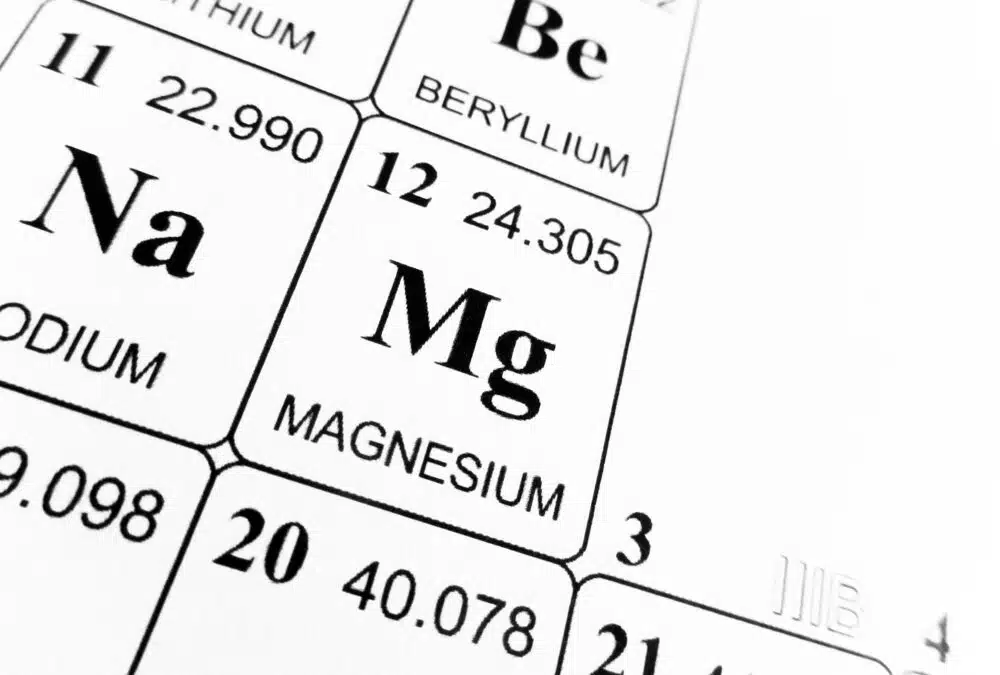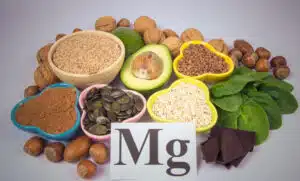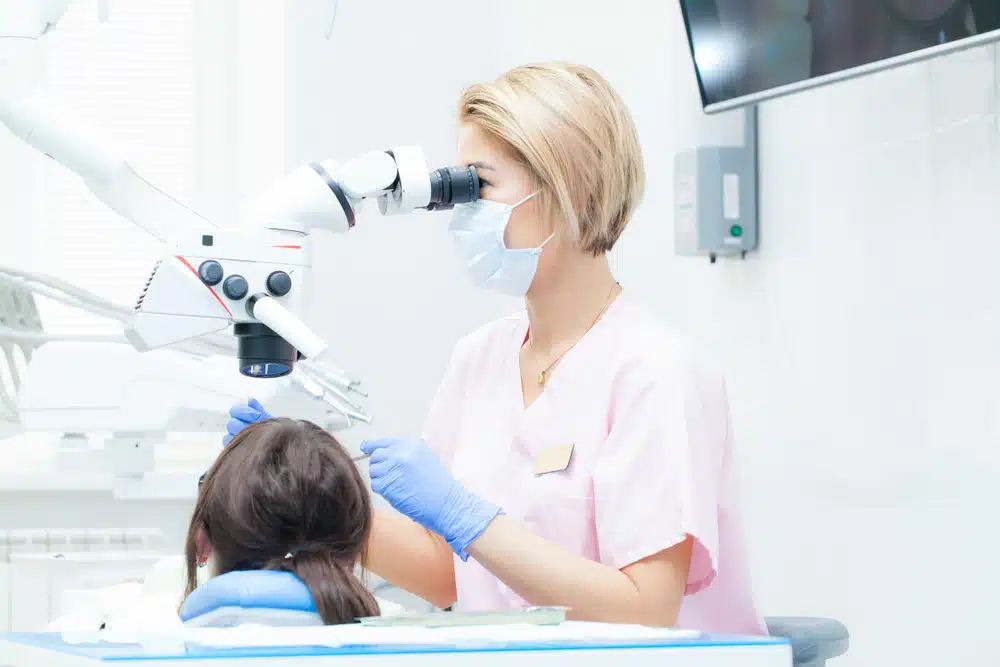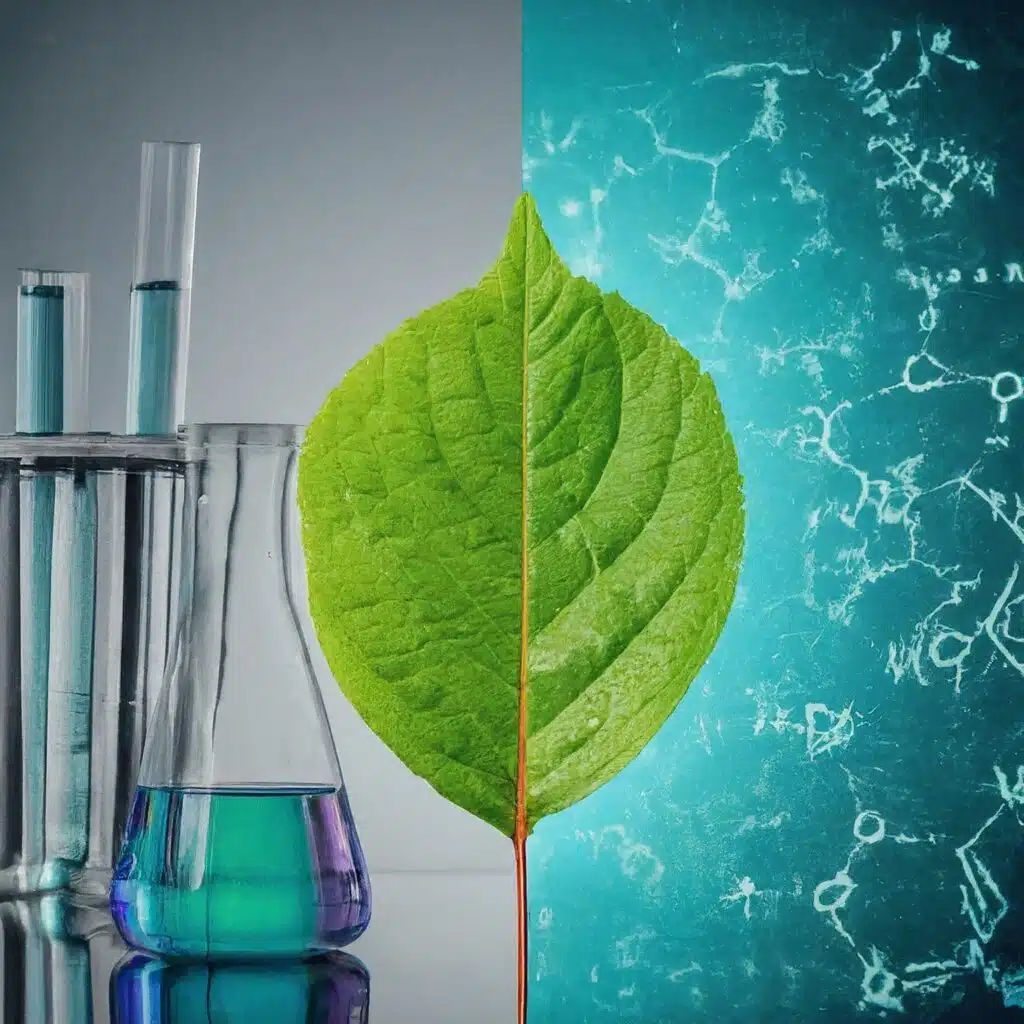
The Beauty of Sleep: A Story of Youth, Dental Health, and Optimal Performance
In the pursuit of health, vitality, and peak performance, few things rival the importance of quality sleep. It’s not just about resting; it’s about rejuvenation, repair, and preparing ourselves to tackle the challenges of each day. In this updated article, we’ll delve deeper into the transformative power of sleep, exploring its profound impacts on anti-aging, dental health, and optimal performance.
The Health Benefits of Sleep
1. Cellular Repair and Regeneration: During sleep, our bodies undergo essential processes of repair and regeneration. This includes the production of growth hormones, such as prolactin, which are crucial for rejuvenation and vitality. Deep sleep is particularly important for triggering these processes, ensuring that our bodies remain resilient and vibrant.
2. Brain Function and Mental Well-being: Quality sleep is essential for optimal brain function and mental well-being. It enhances cognitive performance, supports emotional regulation, and improves stress resilience. When we prioritize sleep, we set ourselves up to be the best version of ourselves—mentally sharp, emotionally balanced, and ready to tackle any challenges that come our way.
3. Dental Health: Believe it or not, sleep also plays a role in our dental health. Proper oral hygiene habits before bedtime are crucial for preventing cavities, gum disease, and bad breath. Additionally, deep sleep promotes saliva production, which helps cleanse the mouth and protect against bacterial growth. By prioritizing sleep, we not only enhance our overall health but also maintain a healthy smile.
Unlocking the Power of Quality Sleep
Now, let’s talk about a game-changing supplement that can revolutionize your sleep experience: Sleep Breakthrough. This unique blend is designed to address common sleep challenges and optimize your restorative sleep cycles.
- Increased Desire to Sleep: Sleep Breakthrough promotes a natural desire to go to bed, making it easier to transition from wakefulness to rest. Its calming effects can help even the most stubborn night owls find peace and relaxation at bedtime.
- Deep and REM Sleep Enhancement: By promoting deep and REM sleep stages, Sleep Breakthrough ensures that you experience the most restorative sleep possible. These stages are essential for cellular repair, hormone production, and cognitive function—key factors in anti-aging and optimal performance.
- Refreshed Wakefulness: With Sleep Breakthrough, you can wake up feeling refreshed, energized, and ready to conquer the day. Quality sleep sets the foundation for peak performance, allowing you to excel both personally and professionally.
Embrace the Power of Quality Sleep
Quality sleep is not a luxury; it’s a necessity for vibrant health, optimal performance, and a radiant smile. By prioritizing sleep and incorporating supplements like Sleep Breakthrough into your routine, you can unlock the full potential of your body and mind. Say goodbye to restless nights and hello to rejuvenating sleep—your best self awaits.
Remember, investing in quality sleep today is an investment in a healthier, happier tomorrow.








